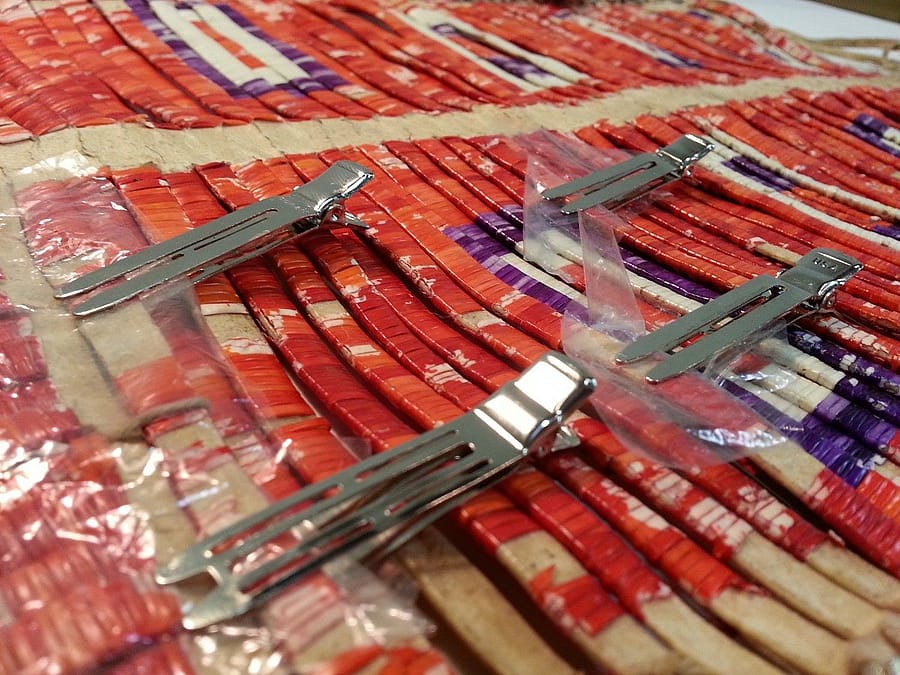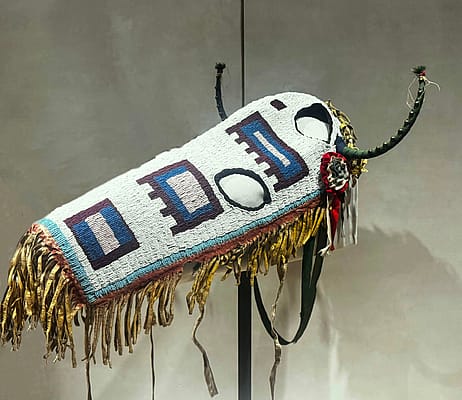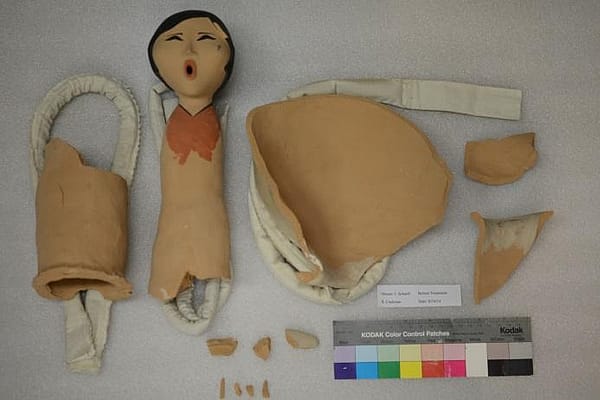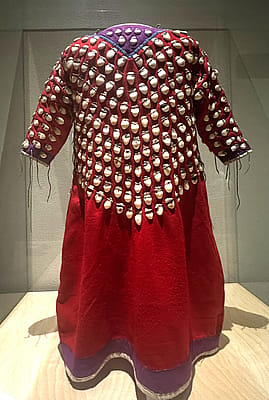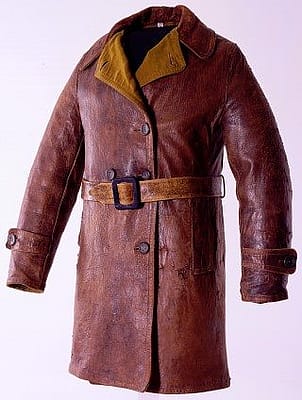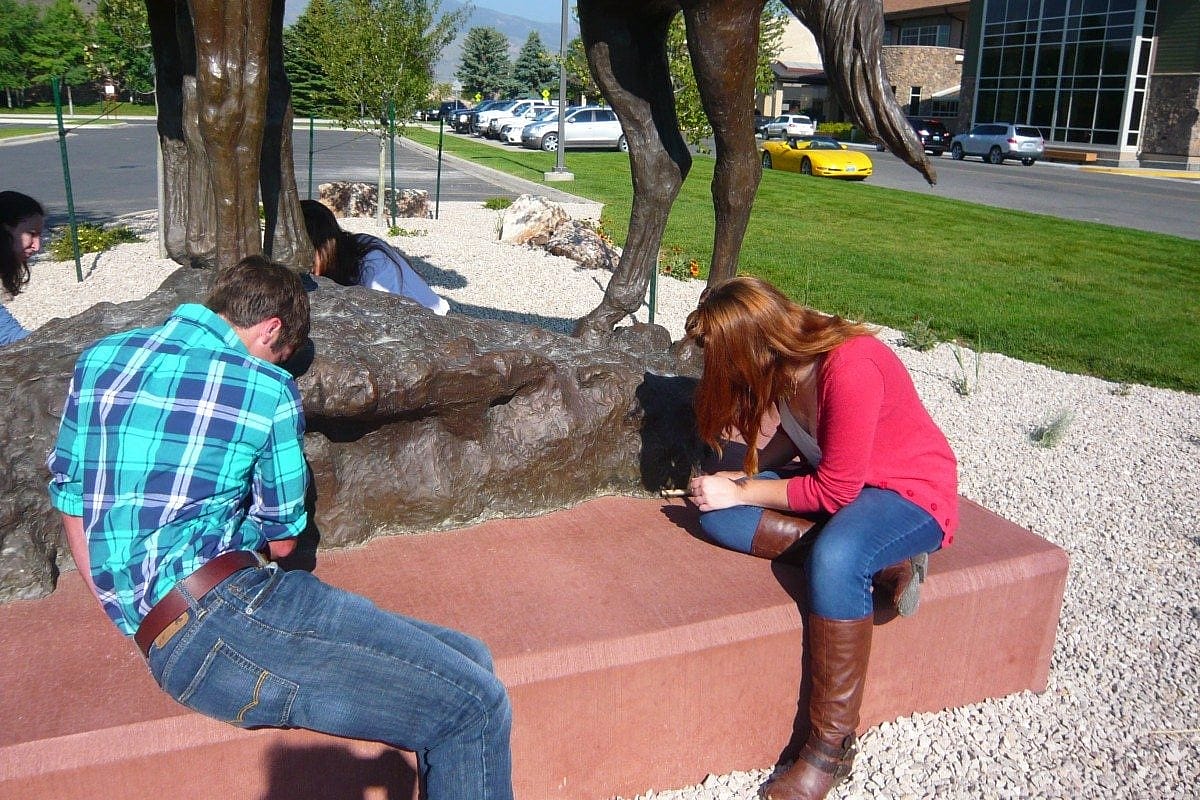
What is Art Conservation?
When I ask: What is art conservation, what do you think of?
Merriam Webster defines conservation as “a careful preservation and protection of something.” Many people think of nature, water, and animals in association with this word. Why then, would a museum have a conservation department? Do they in some way conserve the environment? While art conservation and environmental conservation may share similarities, they are vastly different fields. In a museum setting, conservation refers to the conservation of the museums collections.
Well then, what do art conservators do?
Let’s answer the question of what do art conservators do: The intention of art conservation is to “improve the condition of an artifact by stabilizing physical condition problems and addressing surface disfigurement arising from deterioration and/or damage” In laymen’s terms, art conservators clean, repair, and stabilize art. We jokingly refer to ourselves as “cleaning ladies.” This, however, is a simplification of what conservators truly do. At their roots they are scientist with a vast knowledge and advanced education in their given specialty.
Due to the many different types of objects with which art conservators interact, no one person could possible know everything about every object and material type. Therefore, art conservation is divided into specialties. These include paintings, objects, works on paper, photographs, textiles, architecture, furniture, books, and others. While they all work with different materials, all conservators function under the auspices of preserving the artist’s original intent as well as the integrity of the object. Therefore, any treatment that is preformed must be first and foremost reversible. In twenty years you may need to remove the adhesive that was used because it is actually damaging the object.
This is where conservation and restoration differ. The goal of restoration is to make an object look like new. To do this, parts may be removed and replaced. For example, the missing beadwork on an American Indian dress may be completely replaced by a restorer. Conservators choose to let the age and history of an object show through—warts and all. Maybe you do not clean a mortar and pestle because the remains of food stuffs could be found. Thus, the history of the object and its original use are still visible.
I hope that this brief look into the world of art conservation has provided an insight into one of the lesser-known museum practices. If you would like to learn more about art conservation at the Buffalo Bill Center of the West, check us out here. Or, if you would like to learn more about art conservation in general check out the American Institute for Conservation of Historic and Artistic Works.
Written By
Stephanie Cashman
Stephanie Cashman is a recent graduate of the University of Denver with a bachelors of fine arts. She is currently working towards applying to graduate school in art conservation.

